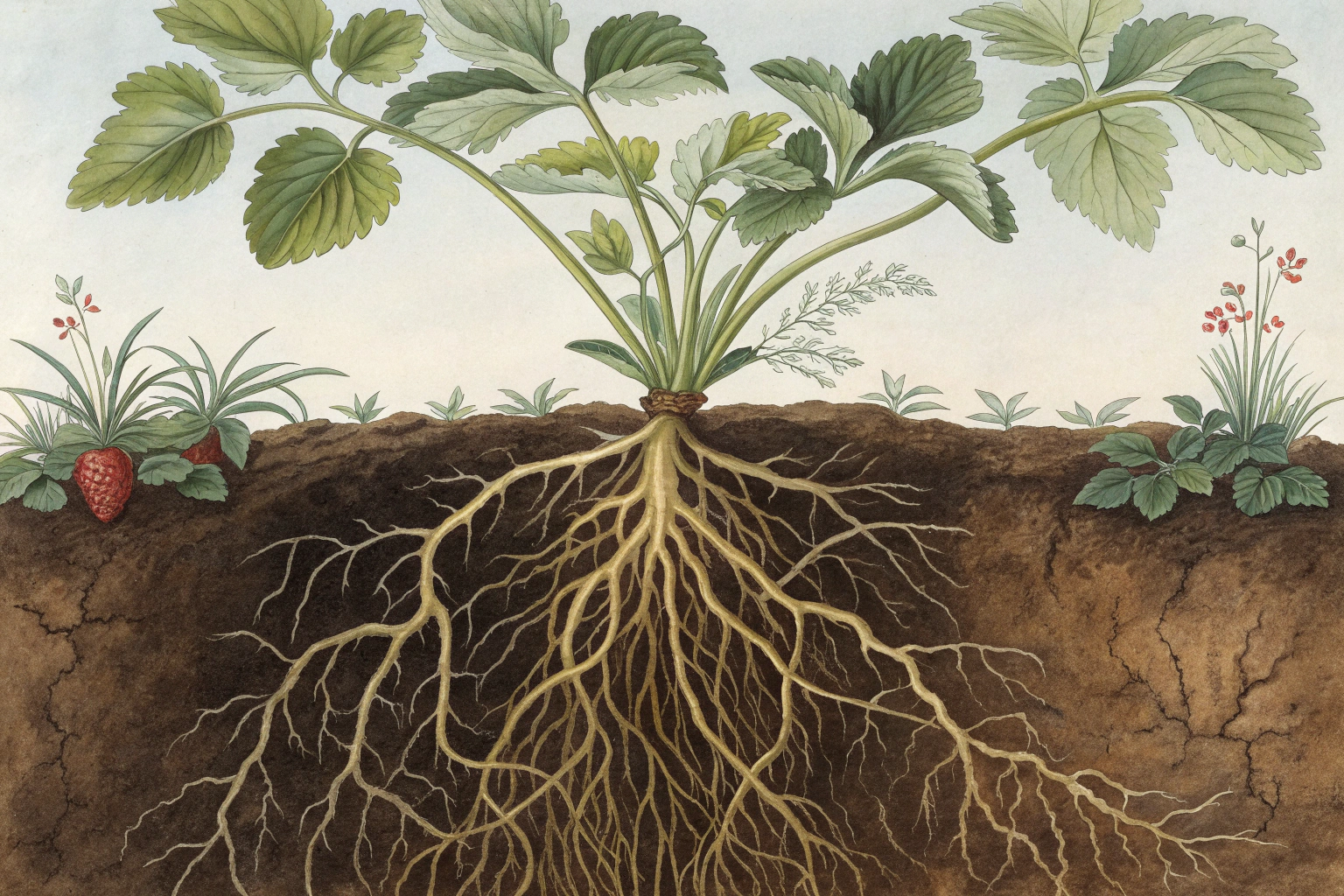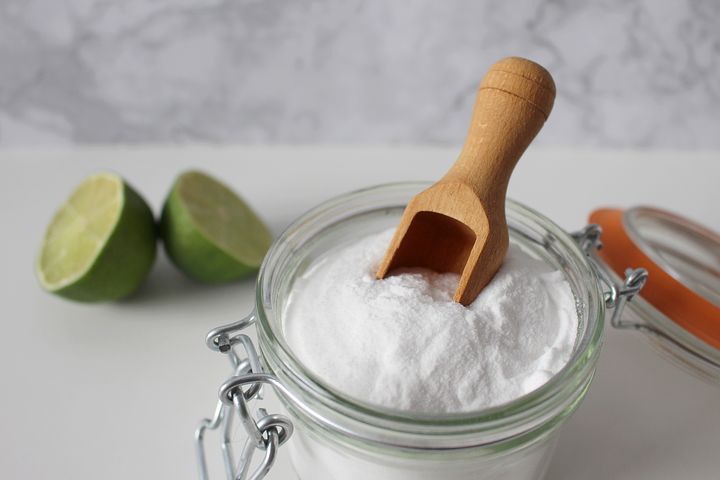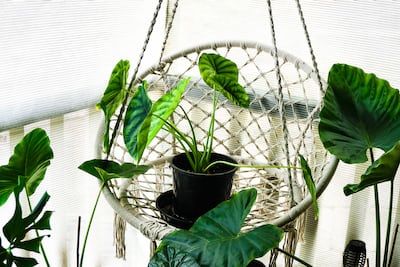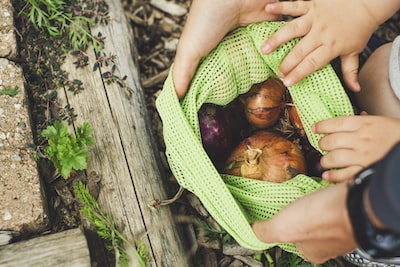Root Rot: Identify Early Warning Signs and Rescue Your Plants

root rot
Root rot wipes out plants fast, turning roots mushy and setting off a spiral of yellow leaves and stunted growth. Fast detection of root rot saves garden beds—look for soggy soil, limp stems, and a sour smell. Root rot takes hold when fungi or bacteria attack waterlogged roots, so careful watering and soil checks are your best defense.
Want to fight back and keep your plants thriving? Read on for smart fixes and battle-tested prevention you can count on.
Cheatsheet: Rescue Plants from Wilting Roots Fast
🪱 Causes
- Overwatering suffocates roots
- Poor drainage creates soggy soil
- Cool temps (< 68°F / 20°C) slow drying
- Fungal pathogens attack weakened roots
🕵️ Symptoms
- Yellow, limp, or drooping leaves
- Black, mushy roots with foul odor
- Stunted growth or leaf drop
🌱 Quick Actions
- Remove plant from soil. Rinse roots gently.
- Trim all black/brown mushy roots using clean shears.
- Treat healthy roots with fungicide or 3% hydrogen peroxide.
- Repot in fresh, well-draining mix. Use sterilized container.
- Water sparingly. Place in indirect light at 68-77°F / 20-25°C.
🧰 Tools and Products You'll Need
- Pruning shears (sterilized)
- New potting mix (loamy, well-draining)
- Container with drainage holes
- Fungicide or hydrogen peroxide
- Plastic gloves
🔁 Prevention
- Water only when top 1-2" (2.5-5cm) soil is dry
- Choose pots with drain holes
- Sanitize tools before use
- Rotate plants to boost airflow
💡 Stat: 80% plant owners overwater, root rot kills 70% of houseplants lost to disease.
🍅 Nutrition & Self-Sufficiency
Healthy roots yield more nutrient-dense veggies and herbs. Prevent root rot to maximize self-sufficiency and harvests.
Root Rot: The Silent Killer Lurking Below
What Root Rot Actually Is
Root rot is the silent assassin of plant life. Fungi and water molds like Phytophthora and Pythium sneak in when soil is soggy, suffocating roots until they turn mushy, brown, and give off a foul tang.
In my first year with tomatoes, I learned this lesson the hard way—a warm summer storm made Swiss cheese out of my drainage plans. My beefsteaks never grew back after their roots melted away.
How Root Rot Begins
Consistent overwatering and poor drainage create the feast. Fungi thrive between 60–75°F (15–24°C), according to the University of California’s Integrated Pest Management Program.
They'll creep in—sometimes via infected potting soil or reused pots—and quietly dismantle your plant’s foundation.
Common Signs
- Wilted, yellowed, or stunted foliage
- Leaves drop despite wet soil
- Soft, brown, or black roots (instead of firm and white)
- Foul odor from the root ball
One geranium in my collection soldiered on through leaf drop, only to reveal on unpotting that the roots looked like steamed noodles—slimy, weak, defeated.
"Over 90% of root rot cases are linked to overwatering or poor drainage in containers."—Dr. Linda Chalker-Scott, Washington State University Extension
Root Rot: Treatment and Prevention That Actually Work
The Immediate Fix: Triage for Rot
- Unpot the plant.
- Rinse roots gently with clean water.
- Snip all mushy, brown roots with sterilized pruners—leave only firm, white ones.
- Repot in fresh, sterile potting mix.
- Always use a clean pot (soak in 10% bleach solution first).
I've battled Pythium in houseplants for years and can vouch—once roots go translucent and smell like bad fish, it's time for swift surgery. Don't hesitate. Plants in soggy soil rarely forgive mistakes for long.
Ongoing Prevention: Outsmarting the Fungus
- Let soil dry between watering (the top 2 inches/5 cm should feel dry)
- Use pots with drainage holes; lift pots to make sure water isn't pooling at the bottom
- Add perlite or coarse sand to potting mix for clay-heavy soils
- Sanitize tools and containers—all it takes is one contaminated trowel
- For hydroponic systems, oxygenate your solution and keep water temps below 70°F (21°C)
I always recommend erring on the dry side. Roots can recover from thirst quicker than from rot. If you're not sure, stick a wooden chopstick into the soil and check for dampness halfway down.
Fungicides and Biological Controls: Do They Work?
Chemical fungicides (like those containing mefenoxam) may halt early infections but won’t revive already decaying roots. In my experience, biological products containing Trichoderma species work well as a preventive additive in moist climates. Cornell University studies have shown up to 60% reduced incidence of root rot when beneficial microbes colonize the root zone.
Always read the label and source your product from a reputable supplier.
Top 3 Potting Mixes for Root Rot Resistance
- Espoma Organic Potting Mix—high perlite content, excellent for African violets and succulents
- FoxFarm Ocean Forest—fast-draining, great for vegetables and flowers
- Pro-Mix HP—my go-to for propagation because of its sublime aeration
These blends buffer against overwatering. A good mix has at least 20% perlite or pumice for air pockets.
Commercial Solutions: Best Picks for Fungicide Products
- Monterey Fungicide with Phosphite—systemic, effective for vegetables and ornamentals
- Serenade Garden—bacterial-based, safe for edibles (OMRI listed)
- Physan 20—broad-spectrum, for ornamentals (greenhouse-tested)
Root Rot in Hydroponics & Aquaponics
Root rot strikes fast in hydro systems. I lost an entire baby kale crop once to an oxygen-starved reservoir. Without healthy dissolved oxygen (aim for 6–8 mg/L), roots turn brown almost overnight.
Use an air stone and drop the thermostat if water feels warm to the touch.
Houseplant Owners: Unique Risks
Orchids, pothos, and succulents top the list of root rot victims indoors. Decorative cache pots can hold water below the liner. I always double-check after watering by tipping the outer pot.
Propagation water can harbor pathogens for weeks—always use fresh water for cuttings, and rinse roots before planting.
How Long Before Recovery?
If you catch it early, roots may bounce back in 2–8 weeks. Severely damaged plants often die within days. Don’t expect every patient to make it; the odds favor aggressive intervention and patience.
Detecting Root Rot Before It Spreads
- Get a soil moisture meter. Cheap insurance for big investments like citrus or bonsai.
- Inspect roots during repotting. Any hint of browning or softness—act quickly.
"About 60% of potted houseplants lost to disease are victims of a root rot pathogen, according to the American Phytopathological Society."
Personalized Diagnostics and Guidance
If in doubt, digital coaching can help—services like Taim.io provide tailored instructions, reminders, and ID for plant ills. I use it when managing large container gardens or remote troubleshooting for clients.
The Bottom Line
Root rot rewards vigilance, quick action, and ruthless pruning. Trust your fingers and your nose, and never be afraid to take a plant out of its pot for a hard look below the surface. Plants forgive slow drinks and lean soil, but rarely a sopping, stagnant root zone.

Want smarter plant choices? 🪴
Frequently Asked Questions About Root Rot
How can I recognize early signs of root rot in my plants?
Look for wilting leaves even when the soil feels damp, yellowing foliage, and a musty odor near the base of the plant. Gently remove the plant from its pot and inspect the roots. Affected roots often appear brown or black, mushy, and may slough off when touched.
What causes root rot to develop?
Overwatering ranks as the leading cause, as soggy soil restricts oxygen and encourages fungal pathogens. Poor drainage, compacted soil, and using pots without drainage holes can also foster excess moisture around the roots, triggering disease development.
Can root rot spread to other plants?
Yes, fungal spores and infected soil particles can move through water splashes, shared tools, or by reusing contaminated soil. Always sterilize tools and avoid placing healthy plants near affected ones to limit transmission.
What steps should I take if I suspect root rot?
Immediately remove the plant from its container and trim away all affected roots using sterilized scissors. Repot the plant in fresh, well-draining soil and a clean container with good drainage holes. Disinfect all tools and discard the old soil to prevent repeated infection.
How can I prevent root rot from returning?
Allow the top 1-2 inches (2.5-5 cm) of soil to dry before watering again. Use containers with ample drainage holes and select well-aerated soil mixes. Avoid letting pots stand in saucers of water. Maintain temperatures between 65-75°F (18-24°C) to discourage fungal growth.
Are there any home remedies or treatments for root rot?
Cinnamon or activated charcoal may help deter pathogens when dusted on cut root surfaces before repotting. However, severe cases may require a commercial fungicide formulated for plants. Always follow package instructions to avoid harming your plant.
Root rot doesn’t care if you’re growing tomatoes in old coffee cans or tending prize roses in raised beds. Too much water, tired soil, and poor drainage will take down the hardiest plants. The fix isn’t complicated: stay sharp with your watering routine, keep soil loose, and use a pot that lets roots breathe. If you’re growing in containers, check out garden pots for growing vegetables for tips on better drainage. For those seeing wilted leaves and mushy stems, dig deeper—why do my vegetable plants keep dying can help spot the trouble early. Get your hands in the dirt, trust your instincts, and keep your soil alive. Root rot doesn’t stand a chance if you stay one step ahead.
The Science Behind Root Rot: Fungal Invaders Unmasked
Root rot can hollow out a vegetable patch or ornamental border in a season. Plant pathologists estimate Phytophthora and Pythium alone destroy billions of dollars of crops worldwide each year. These microscopic threats colonize roots fast, especially in overwatered or compacted soils, and remain active even after symptoms fade from view.
Once fungi or water molds settle in, they release zoospores—motile cells—swimming through waterlogged pores, infecting root tissues and shutting down nutrient flows. Root systems then collapse from within. Symptoms appear late, making vigilant prevention the only true control.
Soil Habitat Shift: Understanding the “Rot Zone”
- Below 75°F (24°C), infection rates slow; most root rot fungi thrive at 77–86°F (25–30°C).
- Water retention above 30% soil moisture in heavy clay soils accelerates spore activity.
- Diseased roots raise localized CO2 in the rhizosphere—a sign roots suffocate before visible wilting occurs.
Microbial Antagonists: Nature’s Checks and Balances
- Trichoderma fungi and certain Bacillus bacteria colonize root surfaces, competing with or parasitizing rot pathogens. Commercial biocontrols with these organisms reduce infection by up to 60% in peer-reviewed studies.
- Well-aerated compost inoculates soil with antagonists—lab tests show a single spring dose can suppress many Pythium species for 3 months.
Diagnostics Beyond Wilting
- Soil DNA testing kits now identify rot pathogens weeks before symptoms emerge.
- Rhizotron or minirhizotron viewing tubes let growers audit root health underground in real time—common in research, available for homesteads.
Root Rot and Food Security
- Sustainable, resilient gardens rely on fungal and bacterial network balance—reusing potting mixes without sterilization increases risk each season.
- Heirloom and wild-type cultivars often show hidden resistance genes to root rot fungi, reducing losses in unpredictable conditions.
Temperature, Oxygen, and Disease Suppression
- Root zone oxygen below 5% triggers fungal dominance; gardeners can double disease resistance by increasing soil porosity just 10% (university greenhouse trials, 2023).
- Submergence for 36 hours at 68°F (20°C) often wipes out entire seedling trays, but raised beds with 15–30% organic matter dramatically reduce damage, as documented in Iowa State’s vegetable trials.
Understanding the interplay of temperature, soil moisture, and microbial dynamics guards crops, saves money, and ensures abundant harvests even under pressure from this silent, soilborne foe.
Find out which plants will thrive in your garden!
Answer a few fun questions and get custom plant recommendations perfect for your space. Let’s grow something amazing together!

start your season





